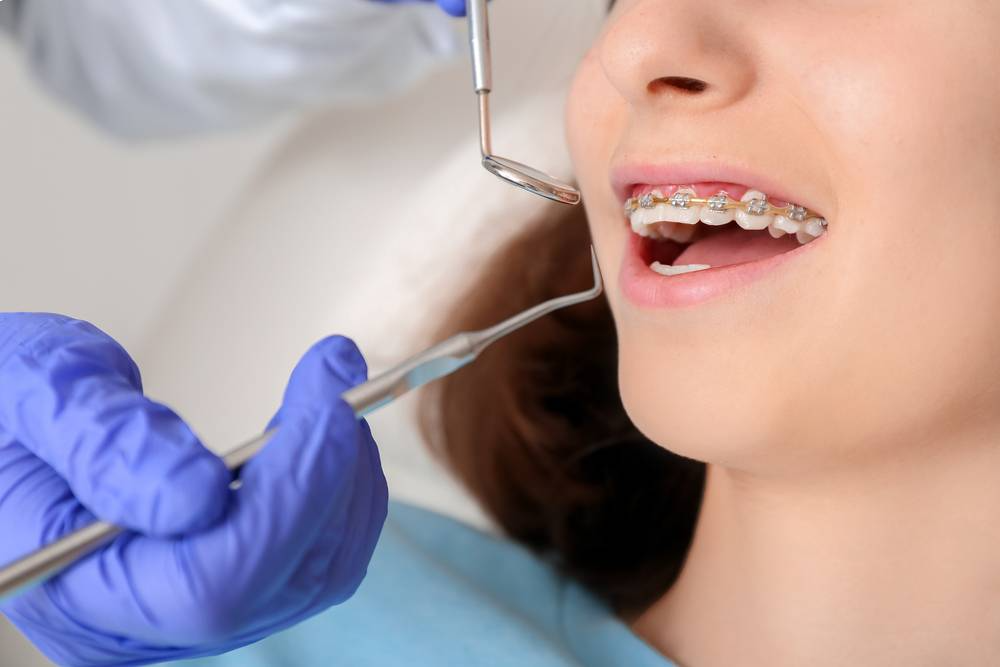
Dentists and orthodontists are both oral healthcare professionals who play distinct yet complementary roles in promoting dental health and maintaining optimal oral function. While they share similarities in their education and training, there are key differences in their specialties, scope of practice, and areas of expertise.
Education and training:
Both dentists and orthodontist near me undergo extensive education and training in dentistry, but their paths diverge in terms of specialization. Dentists typically complete four years of undergraduate study followed by four years of dental school to earn a Doctor of Dental Surgery (DDS) or Doctor of Dental Medicine (DMD) degree. After graduation, dentists may choose to enter general practice or pursue further training in a dental specialty.
Orthodontists, instead, are dentists who undergo additional specialized training in orthodontics and dentofacial orthopedics. After completing dental school, aspiring orthodontists must complete a residency program accredited by the Dental Association (ADA) or another recognized accrediting body. This residency typically lasts two to three years and focuses on the diagnosis, prevention, and treatment of dental and facial irregularities, including malocclusions (improper bites) and misaligned teeth.
Scope of practice:
Dentists are primary care providers responsible for diagnosing, treating, and preventing a wide range of dental conditions and oral health issues. Their scope of practice encompasses routine dental exams, cleanings, fillings, extractions, root canals, gum disease treatment, and cosmetic procedures such as teeth whitening and dental veneers. Dentists also play a crucial role in educating patients about proper oral hygiene habits and providing preventive care to maintain dental health.
Orthodontists specialize in the diagnosis, prevention, and treatment of dental and facial irregularities, primarily focusing on the alignment and positioning of the teeth and jaws. Their expertise lies in correcting malocclusions, straightening crooked teeth, closing gaps, and achieving proper bite alignment using orthodontic appliances such as braces, clear aligners, and retainers. Orthodontists tailor treatment plans to each patient’s unique needs, ensuring optimal results and long-term oral health.
Treatment modalities:
While both dentists and orthodontists may offer some overlapping services, such as teeth cleanings and oral examinations, orthodontists specialize in orthodontic treatment modalities aimed at correcting dental and facial irregularities. These treatments often involve the use of orthodontic appliances, including traditional braces, clear aligners, palatal expanders, and retainers, to gradually move teeth into the desired position and achieve optimal alignment.


